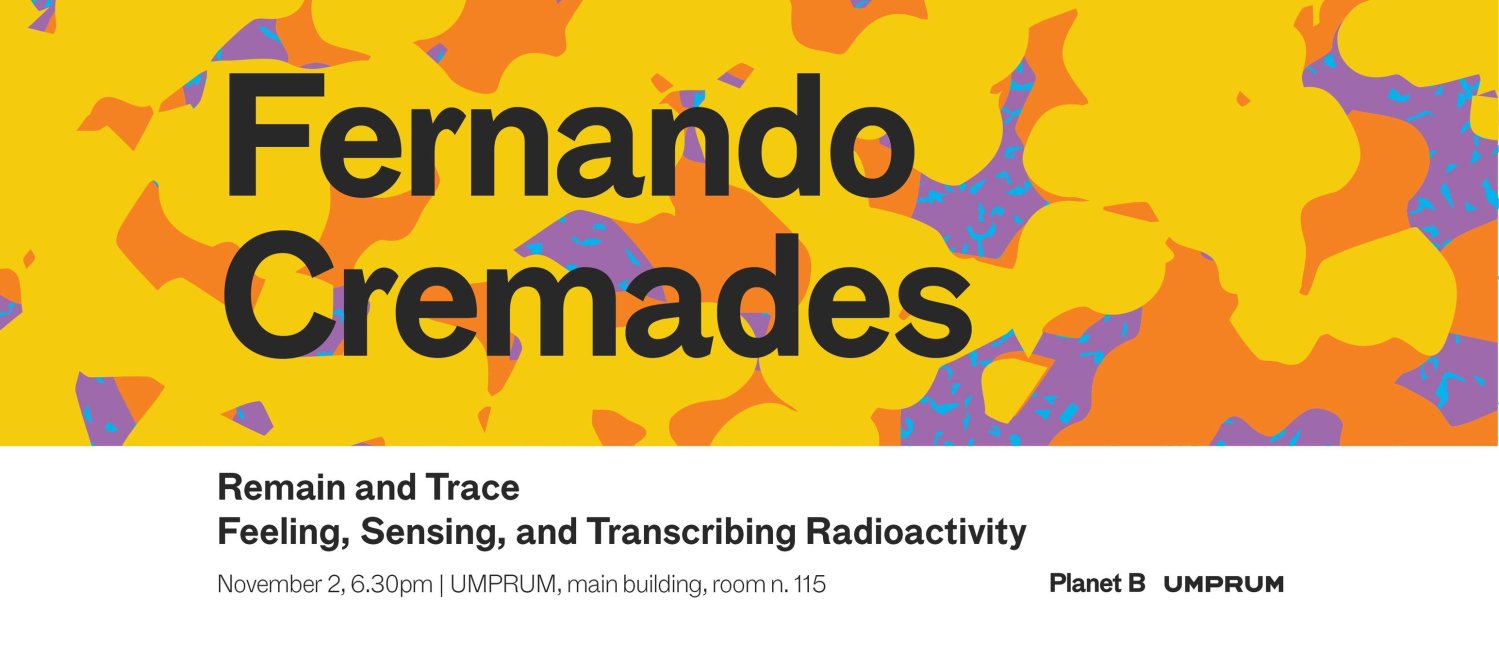Remain and Trace. Feeling, Sensing and Transcribing Radioactivity
Exposure to ionizing radiation can cause serious diseases in humans and other animals. There are a number of sites contaminated with radiation, presenting a health threat to humans. Although it is a natural process on which our very existence depends, it has been in the last century through the discovery of radioactivity that humans have been exploring its manipulation, developing weapons and new forms of energy. These radioactive activities have left their residues in soil, sediment, ice, and even our bodies, providing a marker in the Earth’s geological materials.
In 1991, scientists discovered the presence of a black mold growing in the vicinity and walls of the damaged nuclear reactor of Chernobyl. Researchers from Johns Hopkins University called it “radiotrophic fungi” because of the ability to convert ionizing/gamma radiation into energy that it uses for its growth, just as plants that use visible light energy they process through photosynthesis. The finding of the black fungi in a radioactive environment demonstrates “biological intelligence” of this living organism that mutated in order to survive. This fungi may potentially be used for the bioremediation of sites contaminated with hazardous radiation, contributing to the absorption or decay of toxic radiation.
****
Fernando Cremades is a Researcher in Residence at Medialab Matadero Madrid. After studying art and architecture at the European University in Madrid, he moved to New York He has studied art and architecture in Madrid (European University) and in 2015 moved to New York to study under the leadership of Natalie Jeremijenko at New York University's Environmental Health Clinic. Since 2021, he has collaborated with scientists Arturo Casadevall and Radames JB Cordero (Johns Hopkins Bloomberg School of Public Health) on explorations of the capacity of radiotrophic fungi to reduce hazardous radioactivity and their deployment in radioactive contaminated sites. His work has been exhibited at Matadero Madrid, CC Convent Sant Agustí, Casa Elizalde, Fundación Bilbao Arte, Laboral Arte y Creación Industrial, Sant Andreu Contemporani, Sala de Arte Joven, Museo de Artes Decorativas Madrid, Sala Amadís, Apexart, COAM, Centro de Arte de Segovia, Kunstmuseum Liechtenstein, ETSAM, AEDES Berlin.
